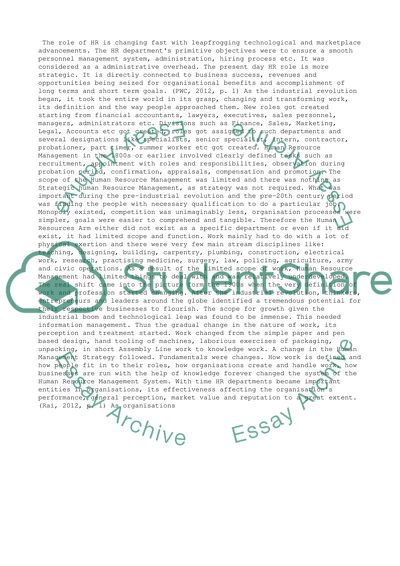Cite this document
(“HR - Final Essay Example | Topics and Well Written Essays - 3500 words”, n.d.)
Retrieved from https://studentshare.org/management/1402036-hr-final
Retrieved from https://studentshare.org/management/1402036-hr-final
(HR - Final Essay Example | Topics and Well Written Essays - 3500 Words)
https://studentshare.org/management/1402036-hr-final.
https://studentshare.org/management/1402036-hr-final.
“HR - Final Essay Example | Topics and Well Written Essays - 3500 Words”, n.d. https://studentshare.org/management/1402036-hr-final.


